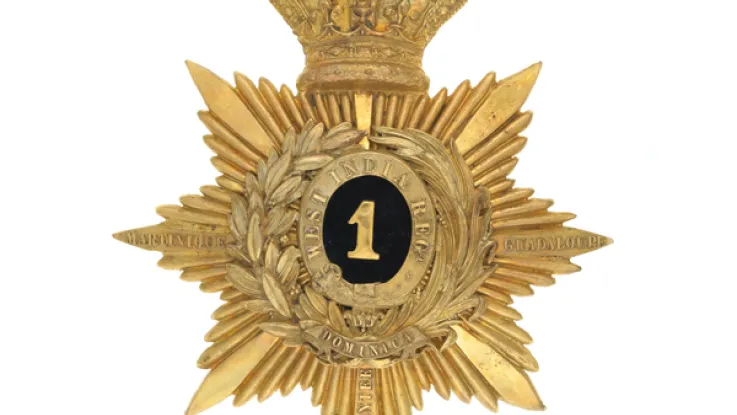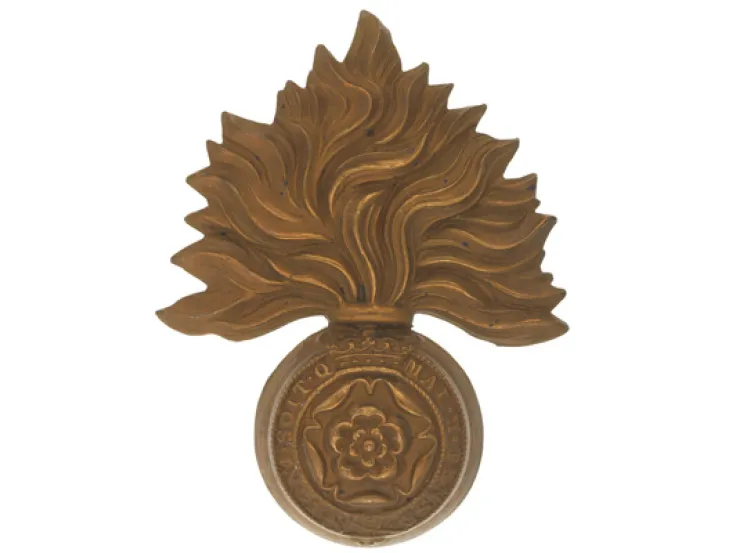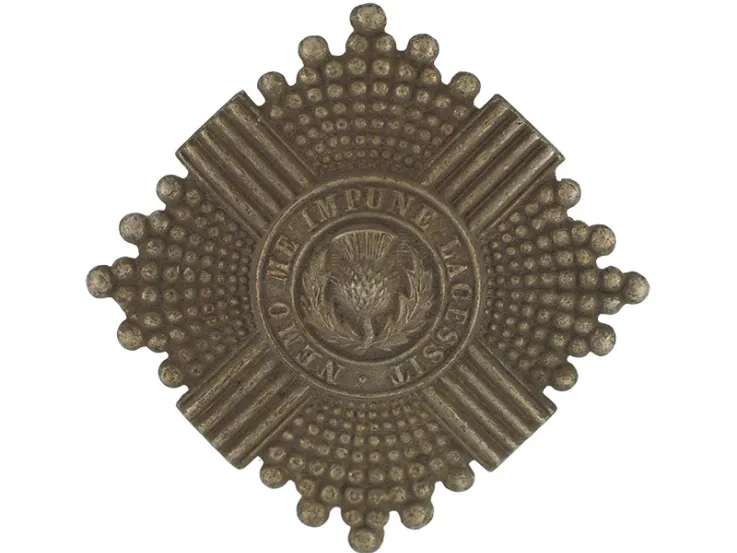Origins
On the outbreak of the First World War (1914-18), thousands of men from the West Indies volunteered to support the British imperial war effort. Many joined the West India Regiment, while others made their own way to Britain, enlisting in other units of the British Army.
Despite the growing numbers, the War Office was reluctant to deploy these volunteers as a new combat unit. Instead, they regarded them as potential labourers, who could assist in essential, but menial, logistic roles. However, following the intervention of King George V, the British West Indies Regiment (BWIR) was formed in 1915.
The new regiment raised 11 battalions during the war and over 15,600 men enlisted. Most of Britain's Caribbean colonies were represented among its ranks, but the majority of soldiers were from Jamaica.
Wartime service
In accordance with the colonial policies of the time, the War Office did not want to have non-white troops fighting against white troops. As a result, the regiment's 1st and 2nd Battalions were sent to Egypt - along with the 5th, a training battalion - to fight the Ottoman Turks. They served with distinction, taking part in actions in Palestine and the Jordan Valley.
The other BWIR battalions were sent to Europe, where they were employed as labourers or pioneers, providing vital logistic support on the Western Front. They also helped to guard prisoners of war.
They served during some of the most hard-fought battles, including the Somme (1916), Arras (1917) and Passchendaele (1917). Altogether, nearly 1,500 men of the BWIR were killed during the conflict.
Demobilisation
At the end of the war, the regiment's various battalions were sent to Taranto in Italy to await passage home. Here, they were subjected to degrading and racist treatment from certain officers, including being tasked with digging latrines for the Italian Labour Corps. They were also initially denied a pay rise that had been awarded to other troops.
On 6 December 1918, a mutiny broke out and the men of the BWIR were eventually escorted back to Britain under armed guard. Such unrest was not uncommon around this time, as tired and frustrated soldiers spent months awaiting ships to take them home.
Legacy
Despite being barred from attending the 1919 Victory Parade in London, the men were welcomed home to the Caribbean as heroes. Many veterans of the BWIR went on to become leaders in the West Indies.
The regiment was disbanded in 1921. None of its battle honours were inherited by future West Indies regiments.









